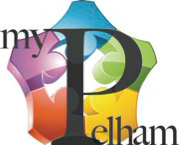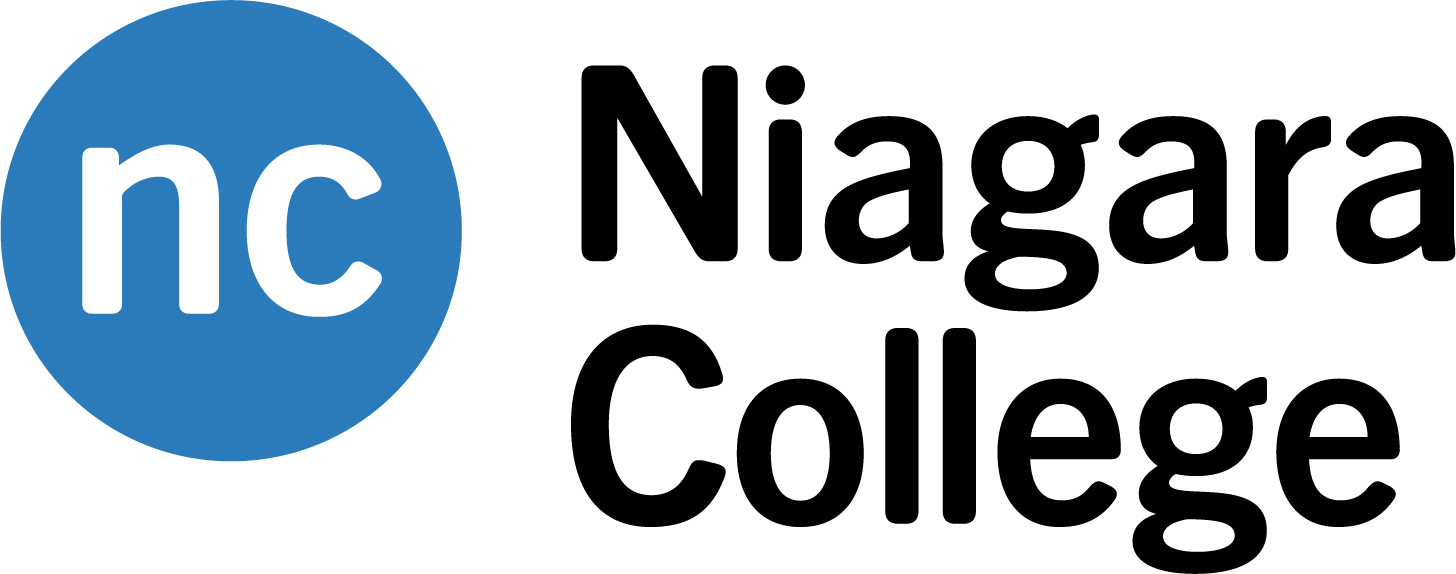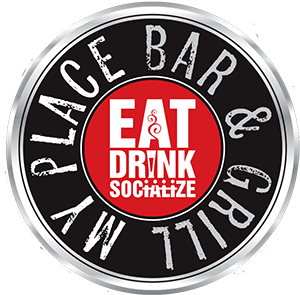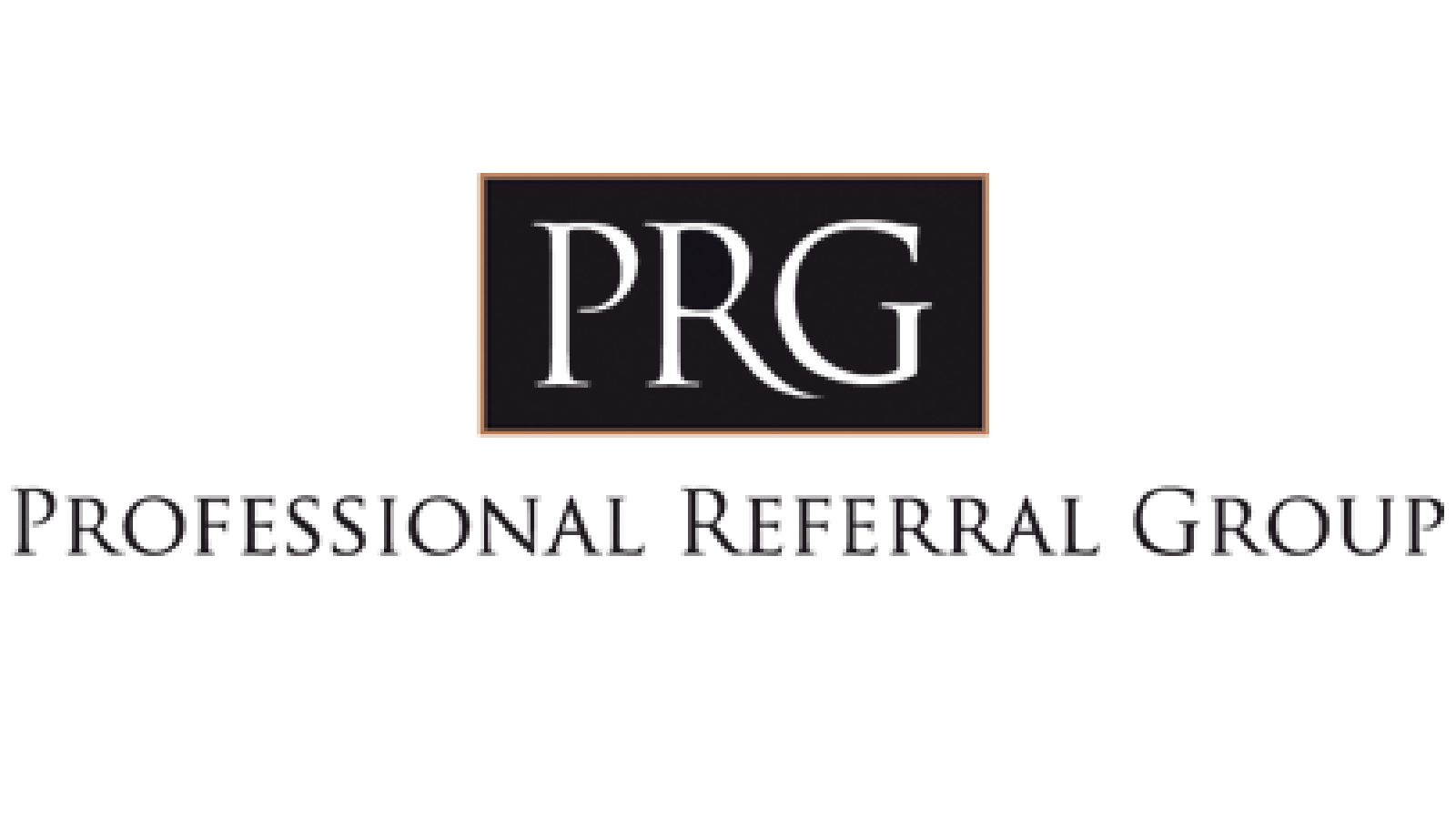It’s a perfect storm. For the 10 Niagara food banks serving municipalities throughout the Region registered with the provincial food bank association – Feed Ontario – the need for food assistance is skyrocketing while donations are dwindling. While the situation in each Niagara municipality has different nuances, the overall trend of need up and support down is common to all registered food banks no matter the local municipality. This is consistent with trends across the province showing food bank usage is up over 40%. Feed Ontario’s Executive Director Carolyn Stewart-Stockwell joined the local leaders from Niagara member food banks in St. Catharines today to discuss key findings from the provincial association’s 2022 Hunger Report and why it is harder to escape poverty today than 30 years ago. This year’s report that revealed a 64% increase in first time visitors over pre-pandemic levels, also confirmed the sixth consecutive year that food bank use has been on the rise and points to the lack of quality employment opportunities and disinvestments in essential social support programs as drivers of this growth. “Feed Ontario member food banks recognize that together we are greater than the sum of our parts,” says Stewart- Stockwell. “Feed Niagara is an excellent example of the partnership and collaborative approach that reinforces our network’s united purpose of providing safe and nutritious food to people in need and our advocacy work to address the underlying causes of food insecurity in our province.” “While we were in the pandemic we certainly did not think it could get any worse, says Christine Clark Lafleur, Executive Director of Port Cares and its Reach Out Centre Food bank which is now assisting one out of eight local residents. “If the trend doesn’t turn downward then at the current rate of growth we are experiencing the Port Cares foodbank will be assisting one out every seven people in Port Colborne by early summer.” The situation is similar in Fort Erie where Anne Watters, Manager of Community & Family Services for The Salvation Army Fort Erie explains “Since I’ve been in this role, I cannot remember a time when it has been this challenging. We’re assisting more working families than ever before because quite simply they cannot make ends meet.”
“In the close-knit municipalities of Pelham, Grimsby, Lincoln and West Lincoln, the local food banks are experiencing unprecedented increase in client visits, significant investments in housing supports and a concerning need for supports including access to mental health services and crisis interventions, “adds Carole Fuhrer, Executive Director, Community Care of West Niagara. She notes that contributing factors include increased food expenses, unsustainable rental costs and serving more people who present with complex and diverse needs. Niagara’s ten food banks who are members of Feed Ontario need community leaders and residents who can help out to know what the current realities are for families that may be living right across the street from them. “There has to be a collective and focused effort to address the circumstances that are giving families no other choice or hope than having to turn to our food banks,“ explains Pam Sharp, Executive Director of Project SHARE in Niagara Falls which has had to respond to an explosion in visits including an 84% in September 2022 for the comparable period one year ago. “We’ve come together as Feed Niagara to leverage what we can do as a group whose members do not compete against each other but work together to ensure resource stewardship, equity and the provision of safe food supply in compliance with public health regulations, “says Betty Lou Souter, CEO of Community Care St. Catharines and Thorold which is now assisting upwards of 10 per cent of the total number of residents in St. Catharines and Thorold. Jon Braithwaite, CEO of The Hope Centre in Welland notes that “Everyone needs to realize that as members of Feed Ontario we bring food supply into the region from provincial resources that otherwise would not be available here. More than ever before we are relying on the food supplies we receive as members in good standing of Feed Ontario.” The Feed Niagara coalition believe that one of the first steps in averting the potential depletion of resources for the food bank network is to get the message out about the extraordinary efforts that the individuals food bank members are making in meeting the growing need. “While we are often in the public eye requesting support and donations, there is opportunity for us to showcase how well run and effective our operations are. We have and meet provincial standards day in and day out to ensure equity and opportunity for everyone we serve” explains Carole Fuhrer, Executive Director of Community Care of West Niagara. “Given the pressures our ten registered food banks across Niagara are facing, we need to get the message out that without interventions and strong support our resources will become very strained.”
 QUOTE SHEET
QUOTE SHEET
Christine Clark Lafleur, Executive Director, Port Cares “The funding landscape has shifted since the pandemic. There are fewer impactful opportunities for funding for charities like the Feed Niagara food banks.
Betty Lou Souter, CEO of Community Care St. Catharines and Thorold “Although we have received tremendous support from our community, the uncertainty of the future is a concern. Working together through Feed Niagara, we are confident that we will have the ability to have an individual and collective impact on those we serve throughout Niagara”.
Jon Braithwaite, The Hope Centre “Everyone needs to realize that as members of Feed Ontario we bring food supply into the region from provincial resources that otherwise would not be available here. More than ever before we are relying on the food supplies we receive as members in good standing of Feed Ontario.”
Pam Sharp, Project SHARE “The need in our community is both great and complex, and we must adapt and work together to meet this need. I am grateful for our partnership with our fellow Feed Ontario member agencies in Niagara. We are stronger together as “Feed Niagara” working collectively to ensure none of our neighbours go hungry.
Carole Fuhrer, Executive Director, Community Care of West Niagara “We are helping residents that are facing significant hardships, many of which, are new to us and have multifaceted needs. Working alongside my FeedNiagara counterparts is very beneficial to our clients and allows us to amplify our shared goals of food security for all.”
Sharlene Volpatti , Manager, Community Care of West Niagara “West Lincoln Community Care is experiencing record breaking registrations. We are the largest geographic area in the region and operating in a rural community brings unique challenges. Collaborating with Feed Niagara has brought new opportunities and resources to our community.”
Greg Lewis, President Pelham Cares “Unfortunately, the need has never been greater for our services and at the same time donors are finding it harder to give. Working together as part of “Feed Niagara” we will find new ways to meet these challenges.”
Stacy Elia, CEO, GBF Community Services “We are seeing more and more individuals, families and seniors using our food bank services. Many of these individuals have employment, but the cost of rent, living expenses have made basic needs like food unaffordable for many. This is putting greater pressure on many of the Food Banks in Niagara. The GBF team is planning for increased need of service in the 2023.”
Anne Watters, Salvation Army Fort Erie “I cannot remember a time when it has been this challenging. We’re assisting more working families than ever before because quite simply they cannot make ends meet.”
Cindy Grant, Board Chair, Newark Neighbours – “As with our colleague food banks, Newark Neighbours is also experiencing unprecedented increases in both number of clients and twice monthly visits to our food bank in Niagara-on-the-Lake. We are pleased to be part of Feed Niagara and look forward to collaboration and knowledge sharing on innovative methods for managing and supporting the urgent issue of food security in the Niagara region.




















